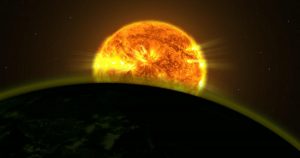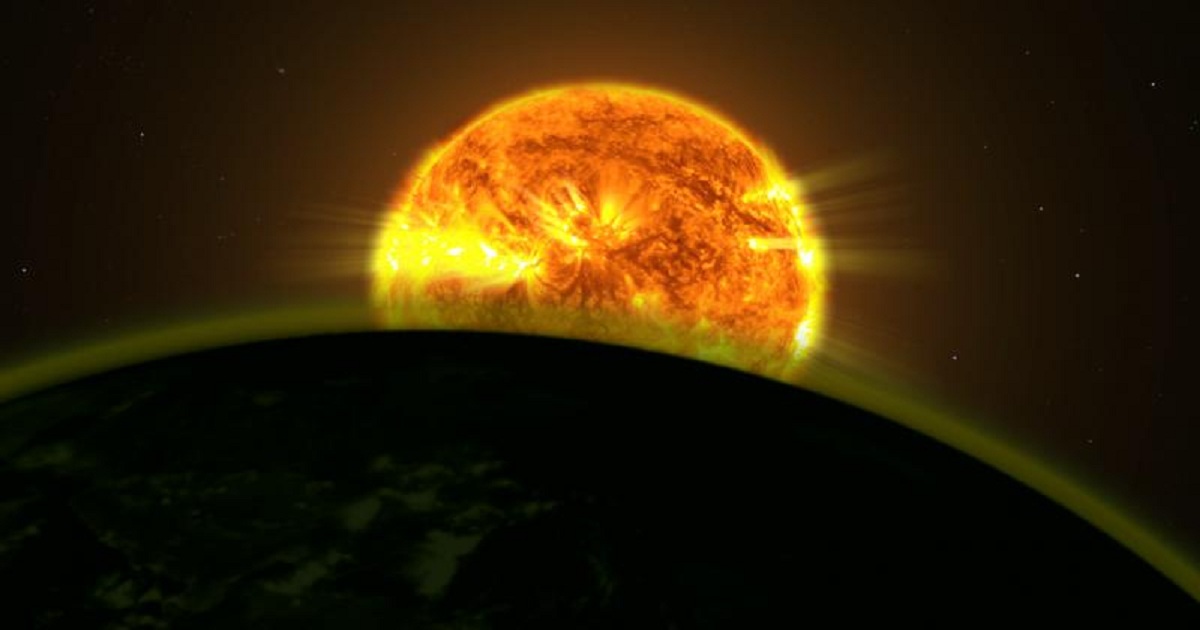
NASA’s New Study Helps To Find Exoplanet Life Is Easier
The latest NASA research is helping to provide some important discoveries on the understanding of planets outside the solar system. NASA’s new study has given some major facts to their research for alien life in candidate planets beyond our solar system.
It aims at refining our search parameters for exoplanets and narrows our focus to make the search for extraterrestrial life more fruitful. Existing models by NASA uses atmospheric conditions of the planet they are studying to judge whether the further study will yield results.

It is said that the new study will boost the search for alien life in other planets by helping the scientists narrow down potential candidates of the alien world. NASA’s scientists found realistically simulated atmospheric condition using a model, under which extraterrestrial life could be possible.
According to Yuka Fujii lead researcher of the study from NASA’s Goddard Institute for Space Studies (GISS), New York, and the Earth-Life Science Institute at the Tokyo Institute of Technology, Japan: “Using a model that more realistically simulates atmospheric conditions, we discovered a new process that controls the habitability of exoplanets and will guide us in identifying candidates for further study.”
The model will help the scientists to located candidates for more study. Yuka Fujii is the lead author of the research paper which was published in the Astrophysical Journal on October 17. The model that was used by the scientists known as atmospheric simulation one-dimensional model. It stimulated atmospheric condition into only one dimension, i.e., vertical.
The team says that this new model will help astronauts focus on only the promising prospects and help use observing time more efficiently. One of the main criteria for life, as we know it, to exist on another planet is temperature. If the planet is in the temperature range for liquid water to exist, it could hold life.
On the other hand, if it situated too close to its planet star then the light from the planet-star can cause the oceans to evaporate and be lost to space. NASA further stated that this happens when water vapor rises to a particular layer in the stratosphere and when the ultraviolet light from the star hit that layer, it gets broken into hydrogen and oxygen.
According to the NASA release, “the new model demonstrated that since these stars emit the bulk of their light at NIR wavelengths, a moist greenhouse state will result even in conditions comparable to or somewhat warmer than Earth’s tropics. For exoplanets closer to their stars, the team found that the NIR-driven process increased moisture in the stratosphere gradually. So, it’s possible, contrary to old model predictions, that an exoplanet closer to its parent star could remain habitable.”
The research team is now planning to change planetary characteristics, i.e., their size, gravity, atmosphere composition and surface pressure. That will help them to find out how it affects the circulation of water vapor and habitability.